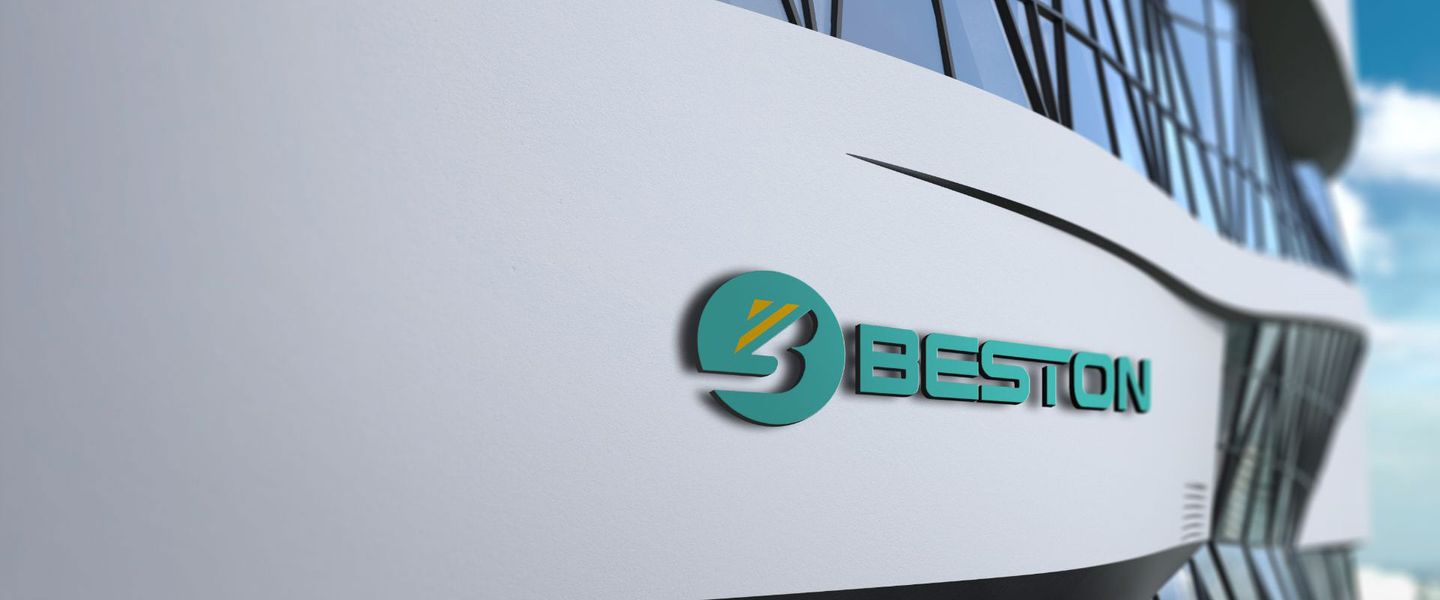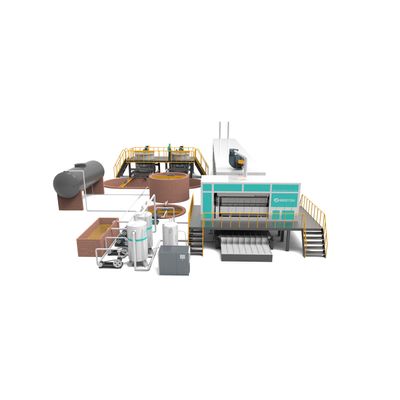

- Home
- Companies
- Beston Group Co., Ltd.
- Articles
- Paper Egg Tray Making Machine vs. ...

Paper Egg Tray Making Machine vs. Plastic Packaging: A Sustainable Comparison
In the realm of packaging, the debate between paper and plastic options continues to gain momentum, particularly as environmental concerns take center stage. The paper egg tray making machine stands out as a cornerstone of sustainable packaging, offering a viable alternative to traditional plastic solutions. This comparison evaluates the ecological, economic, and operational dimensions of both approaches, highlighting the advantages of paper-based manufacturing.
Environmental Impact
Plastic packaging has long dominated industries due to its durability and lightweight nature. However, its environmental repercussions are substantial. Plastics are derived from non-renewable resources like petroleum and are notorious for their slow decomposition, often persisting in landfills and oceans for centuries. The production process also contributes significantly to carbon emissions.
Conversely, a paper egg tray making machine produces biodegradable and recyclable packaging. By utilizing raw materials such as waste paper and cardboard, it minimizes reliance on virgin resources. The end product decomposes naturally within weeks, leaving no toxic residues behind. This aligns with global initiatives to reduce plastic waste and promote circular economies.
Cost Efficiency and Resource Utilization
From an economic perspective, plastic packaging offers low initial costs due to its mass production capabilities. However, the long-term costs associated with environmental damage, waste management, and regulatory compliance are increasingly apparent.
Paper-based packaging, manufactured using molded pulp equipment, requires an upfront investment in equipment. However, the use of abundant and low-cost raw materials offsets this expense. Furthermore, energy-efficient designs and advancements in pulp molding technology significantly reduce production costs over time. Companies adopting this approach often benefit from reduced waste disposal fees and enhanced compliance with sustainability regulations.
Durability and Performance
Plastic packaging excels in terms of durability, offering robust protection against moisture and physical damage. This has made it a popular choice for high-impact transportation scenarios. However, its rigidity and lack of ventilation can be a disadvantage when used for perishable items like eggs.
Egg trays produced by paper egg tray making machines provide sufficient structural integrity while offering natural ventilation. This ensures that eggs remain dry and less prone to damage from condensation or mold. While less durable than plastic in extreme conditions, paper trays effectively meet the demands of most storage and transport environments.
Consumer and Market Trends
The growing preference for sustainable products among consumers is reshaping market dynamics. Buyers are increasingly drawn to brands that prioritize environmental stewardship. Paper-based packaging, produced through modern methods, aligns seamlessly with these expectations, allowing companies to enhance their brand image.
Plastic packaging, while versatile, faces mounting criticism and bans in several regions due to its environmental impact. Transitioning to paper-based solutions is not only a proactive measure for businesses but also a competitive advantage in a sustainability-driven marketplace.
Conclusion
The choice between paper and plastic packaging has profound implications for businesses and the environment. A paper egg tray making machine represents a forward-thinking investment, enabling manufacturers to produce eco-friendly, cost-effective, and market-aligned packaging. By embracing this technology, industries can significantly reduce their ecological footprint, paving the way for a more sustainable future.
